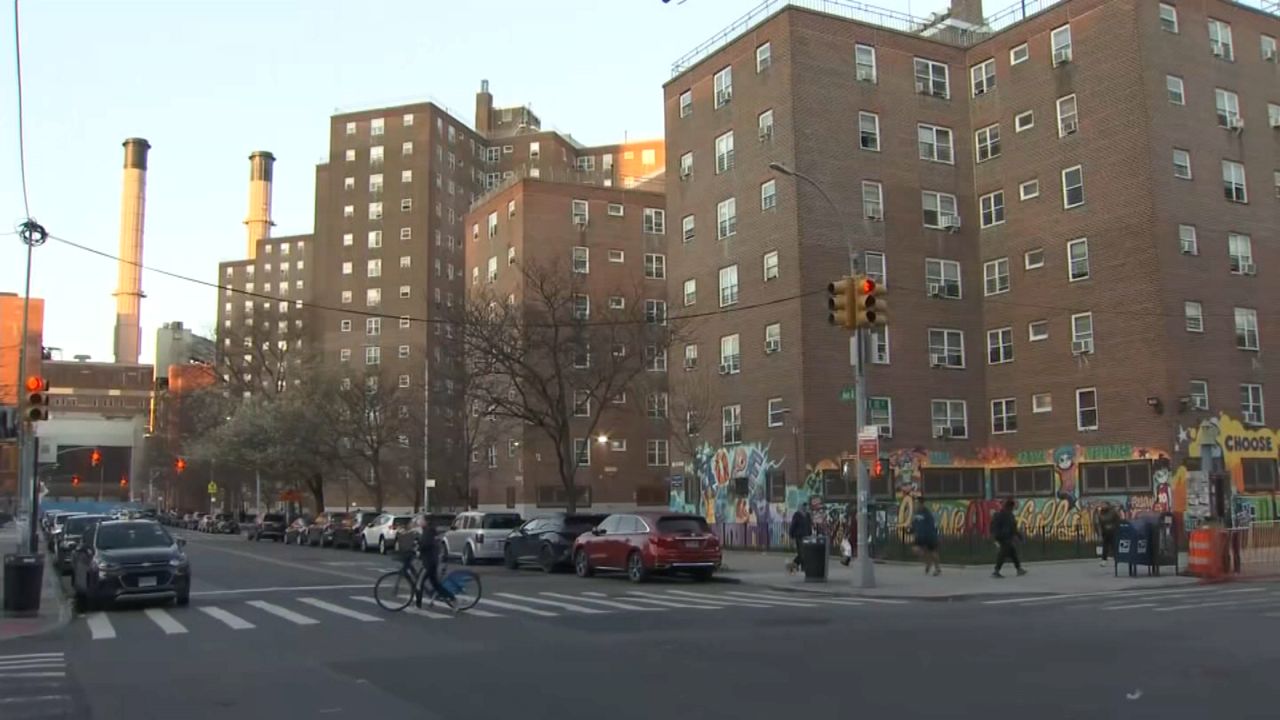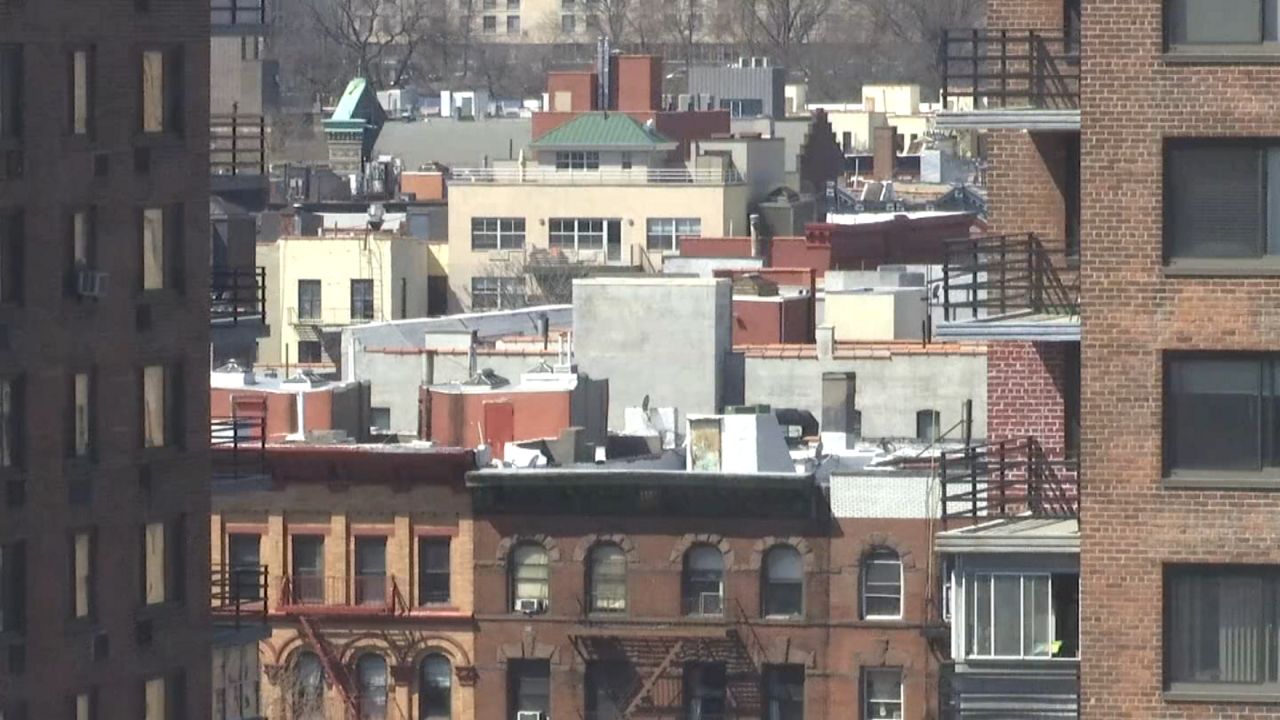It may not seem unusual to find a room full of people on a weeknight after work mingling in Midtown Manhattan, but this meet-and-greet was not what you'd expect.
It was hosted by American Heritage Schools, which has two campuses in southern Florida, working to convince tri-state families to make the move to the Sunshine State.
“During COVID and post-COVID, I think people realized they can work from anywhere,” said Douglas Laurie, the school's president, in an interview with NY1.
A school spokesperson said 420 of the 5,000 students at American Heritage are from New York City originally. Another 158 other families are on the waiting list.
Michael Verbitskiy has lived in the city for more than 30 years with his wife. They now have two children. He said they decided a few years ago it was time to leave, citing politics and crime as some of the reasons.
“We feel that for our kids to grow up in an environment that New York has turned into is scary, to say the least,” he said.
This summer, their 6-year-old will enroll at American Heritage.
“A majority of our friends, colleagues and family have already moved out of New York," he said.
The number of school-age children living in New York City, according to the U.S. Census, dropped about 6.48% from 2020 to 2023. The number of kids up to 4 years old dropped 15.28%.
“It took a real hit after the pandemic, absolutely right,” said Andy Beveridge, the CEO of the demography firm Social Explorer.
Beveridge said the data on fewer children living in the city matches data from New York City Public Schools about the drop in enrollment.
But whether it's part of a larger trend, Beveridge said he'll need to study more data.
Census data has shown New York City lost more than 500,000 people from April 2020 through July 2023.
He said while the city took a significant hit at the start of the pandemic — most of the population loss was from 2021 — COVID-19 made it harder to track who left for good and who returned.
“The estimates that are coming out, a lot of people think may overstate the change out of New York,” he said.
He said he believes the population has rebounded in the last two years. He points to the vacancy rate for apartments in the city.
In New York City, the latest report shows that number is 1.4%, according to the 2023 New York City Housing & Vacancy Survey.
To put that in perspective, the vacancy rate was 4.5% in 2021 and 3.63% in 2017.
“If these people are actually leaving New York, why is the vacancy rate so low?” asked Beveridge.
The explanation for that could be that fewer people are occupying the same number of apartments. Data shows the average household size dropped 5.49% from 2020 to 2022, according to city analysis.
"While the exact drop in household size may be in question, a sizable decrease in average household size is not," according to an email this spring that NY1 obtained from an official with the Department of City Planning.
The drop in household size could be a sign that who is coming to the city is also changing.
A study from the firm SignalFire this spring showed New York City is the city people are relocating to the most for tech jobs. The net change was close to 4%, according to the study, which measured from 2022 to 2023.
One tech recruiter in New York City agrees with what the data is showing. Tim Mullane is a district director with Robert Half, which helps place thousands of people with jobs in New York City every year.
He said he's not only seen an uptick in people moving to New York City for jobs, but he also noticed a trend in who is coming.
“The volume is younger people who haven’t settled down yet in their career,” he said.
But even if young, single workers are replacing more families, don't expect rents to go down,” said Matthew Villetto, an executive vice president at Douglas Elliman.
"There’s definitely a supply imbalance," he said. "There’s just limited new supply.”
And housing problems, according to the March Citizens Budget Commission report, were the second most important issue needing to be addressed.
Beveridge said that's certainly a factor for some people leaving.
He said he's looking forward to more data being released next spring in the American Community Survey, which will give a clearer look on the demographics on individuals and families, rather than net population movement.
Meanwhile, back in Midtown Manhattan, Michael Verbitskiy said he never expected to leave New York City, but said this is what's best for his family.
“I’d say there’s a partial sadness,” he said when asked whether he's sad at all about the move.
"But I don't think it ties to New York. I think it ties more to family who are still working and a few years from retirement, but who will be relocating, hopefully, as soon as they are available."




_Pkg_NYC_Population_Change_CG_130313131_5432?wid=320&hei=180&$wide-bg$)




